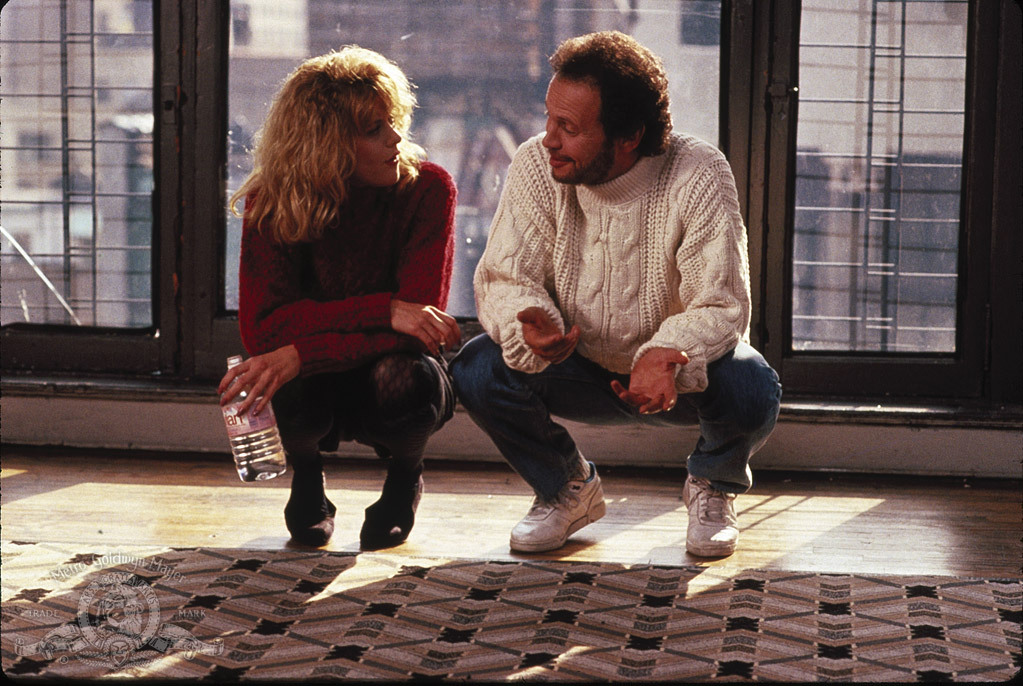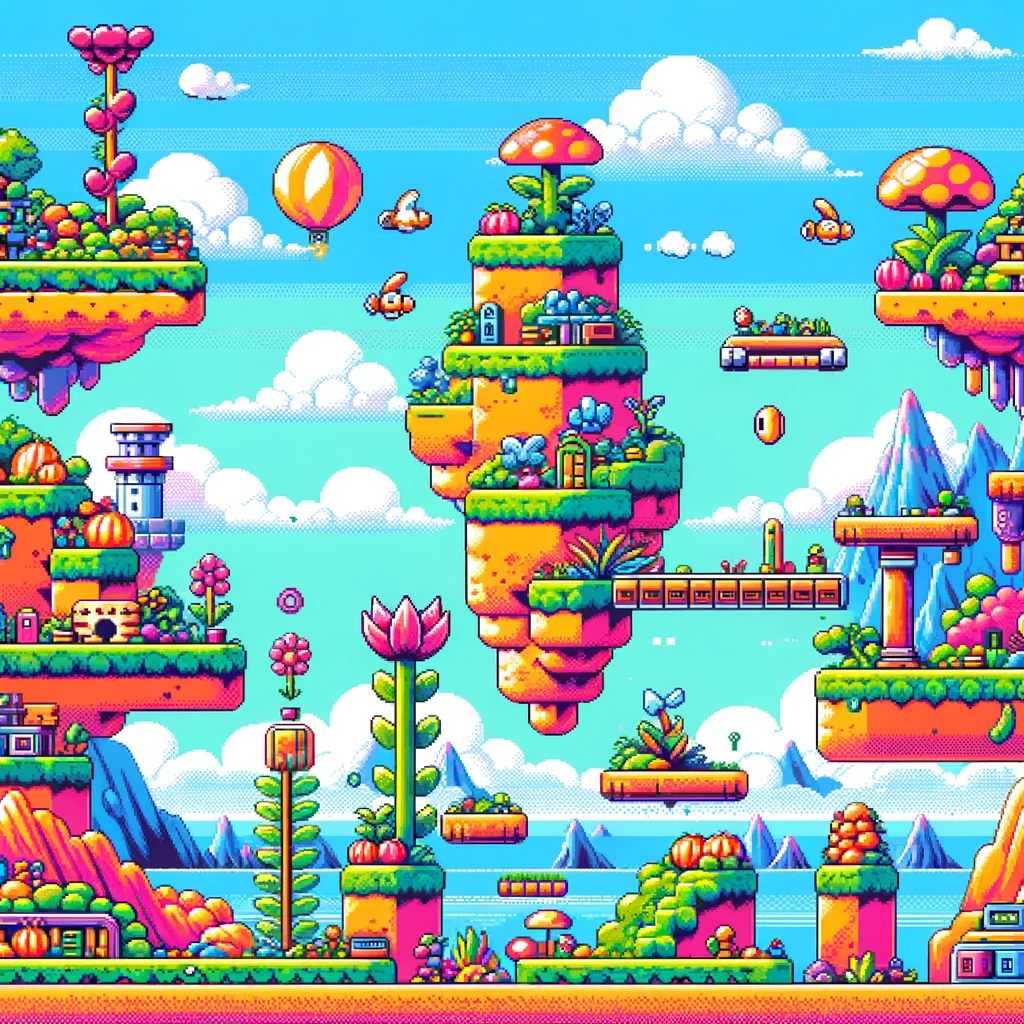Batman (1989): A Dark Knight Reimagined – Review

In 1989, Tim Burton’s “Batman” swung onto the big screen, casting a long, dark shadow over previous cinematic interpretations of the iconic DC superhero. The film not only reshaped the Batman mythos for a new generation but also significantly impacted Hollywood’s approach to comic book adaptations.
A Risky Venture
To modern audiences, awash in a sea of superhero films, it might seem like “Batman” was a guaranteed success. However, at the time, it was anything but. Superhero films had not yet become the blockbuster category they are today. Moreover, the dominant image of Batman for many was still the campy, colorful portrayal by Adam West in the 1960s TV series. That Tim Burton, known for his eccentric and gothic visual style in movies like “Beetlejuice,” was at the helm only added to the uncertainties.
Keaton’s Controversial Cowl
The casting of Michael Keaton as Bruce Wayne/Batman raised many an eyebrow. Known primarily for his comedic roles, Keaton seemed an odd fit for the tormented and brooding Dark Knight. Fans expressed their reservations loudly, fearing that Keaton would bring a lighter tone to a character they believed needed a serious treatment. Yet, Keaton’s portrayal was a revelation. He brought depth and nuance to both Bruce Wayne, the billionaire with a haunted past, and Batman, the terrifying symbol of justice. His performance is often heralded as one of the best portrayals of the dual role, precisely because of the way he delineated the man from the myth.
Nicholson’s Grinning Menace
No discussion of “Batman” can be complete without delving into Jack Nicholson’s turn as The Joker. Stepping into the shoes of Batman’s most iconic nemesis, Nicholson brought a blend of manic energy and genuine menace. His Joker was both theatrical and terrifying, providing the perfect foil to Keaton’s introspective Dark Knight. The sheer charisma Nicholson brought to the screen ensured that The Joker wasn’t just a villain but a character as memorable as Batman himself.
Gotham City’s Gothic Splendor
Tim Burton’s vision for Gotham City was nothing short of transformative. Eschewing the bright, comic-book aesthetics of previous iterations, Burton’s Gotham was a city of darkness and decay, echoing the noir films of the past. Production designer Anton Furst’s sets, a blend of German expressionism and modern architectural nightmares, became characters in their own right. The city’s towering spires and grimy alleyways were the perfect backdrop for Batman’s crusade, a visual representation of the corruption and decay he fought against.
Behind-the-scenes Brilliance
The film’s production was as much of an epic tale as its plot. From debates over tone and casting to the challenges of bringing a darker, more mature comic book world to life, the team behind “Batman” faced numerous challenges. The Batmobile, now iconic in its 1989 incarnation, was a marvel of design and practical effects, as were the various gadgets and tools Batman employed. Danny Elfman’s score, simultaneously haunting and heroic, added layers of emotion and intensity, becoming an inseparable part of the Batman cinematic experience.
The Legacy
Tim Burton’s “Batman” was more than just a film; it was a cultural event. Its influence can be seen not just in subsequent Batman films but in the broader landscape of superhero cinema. The movie demonstrated that comic book adaptations could be mature, complex, and visually innovative, paving the way for the myriad superhero films that would follow.
In retrospect, “Batman” was a gamble that paid off enormously. It redefined a beloved character, introduced a new visual language to superhero films, and proved that with the right blend of talent, vision, and respect for the source material, comic book movies could ascend to the realm of art.




